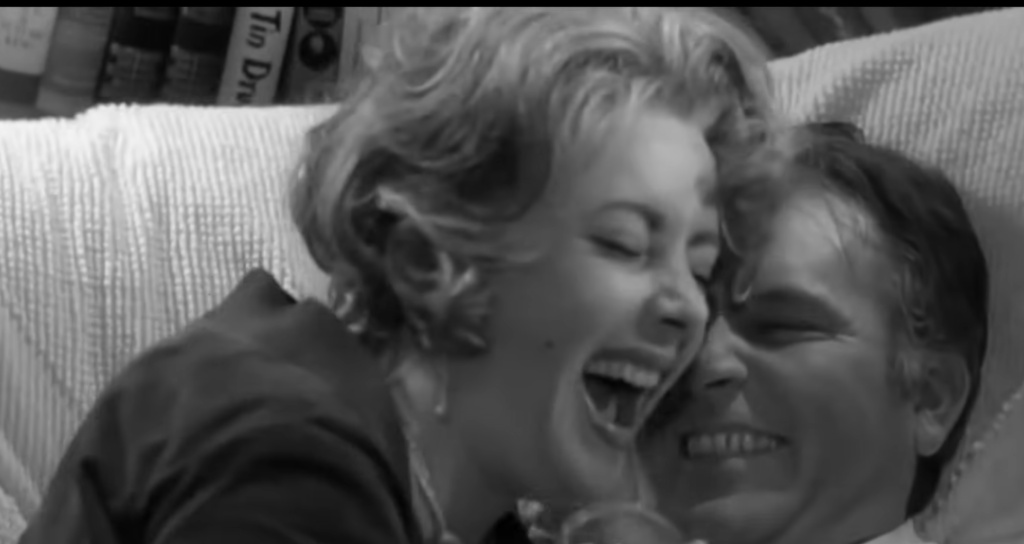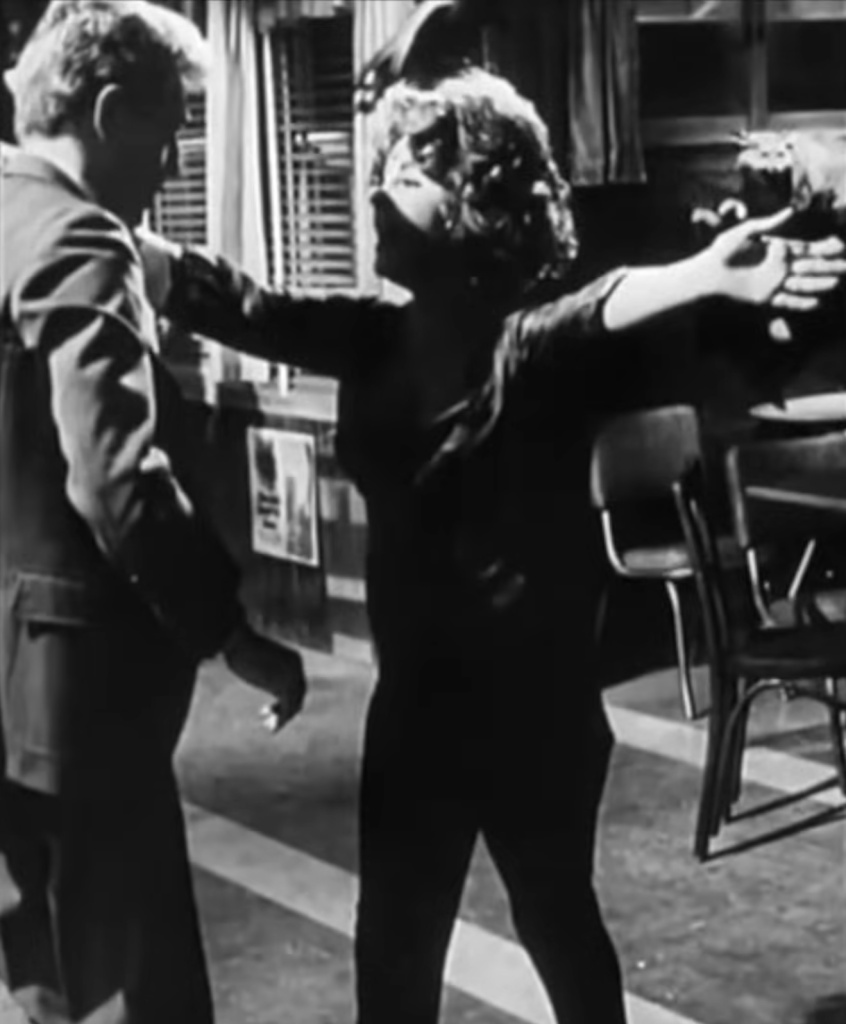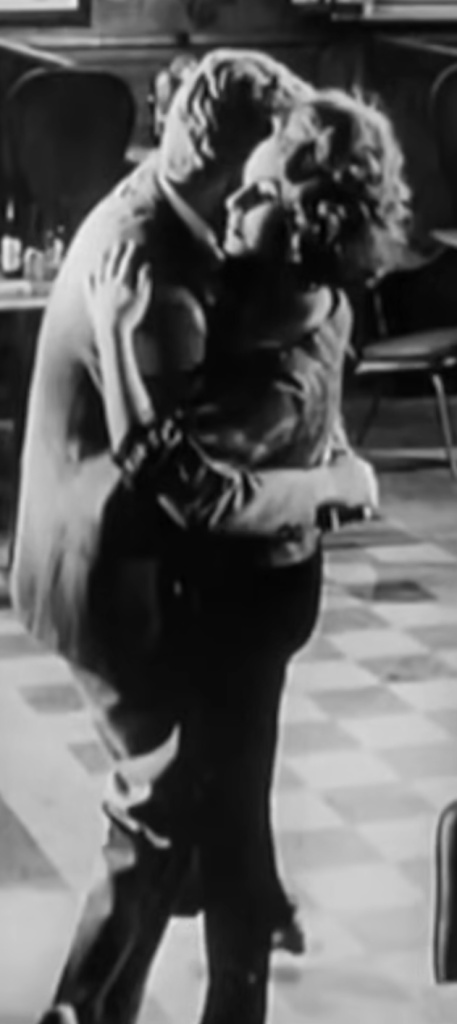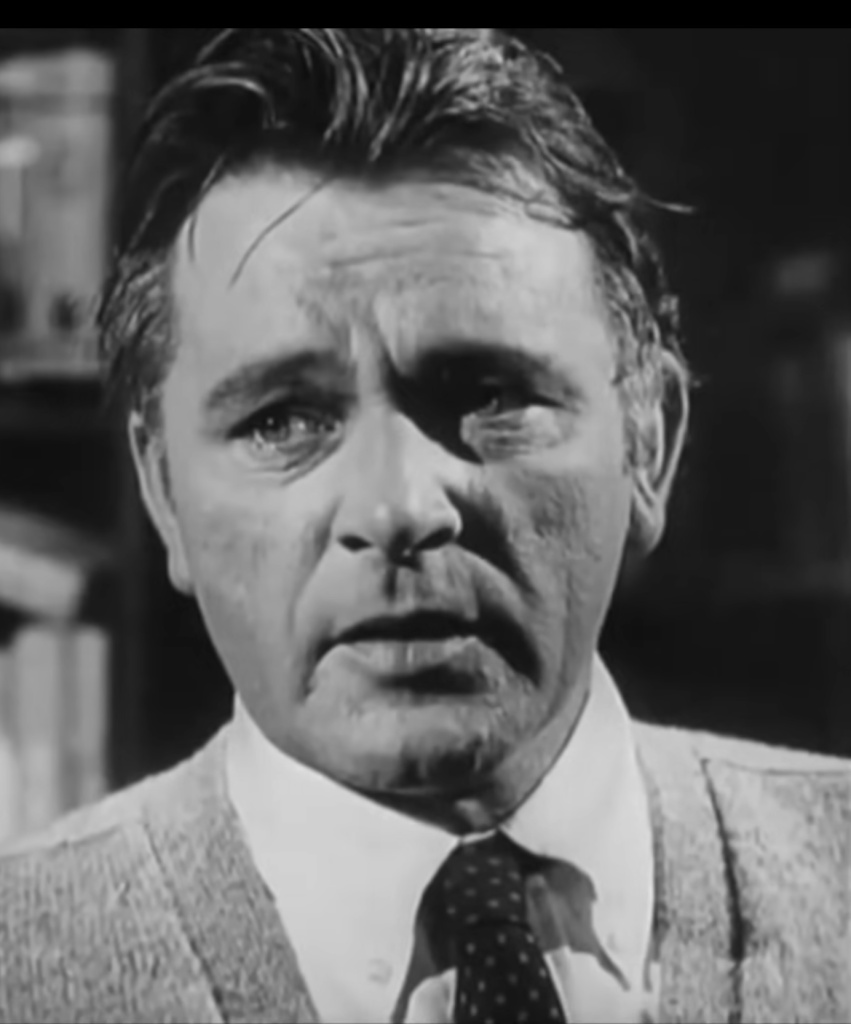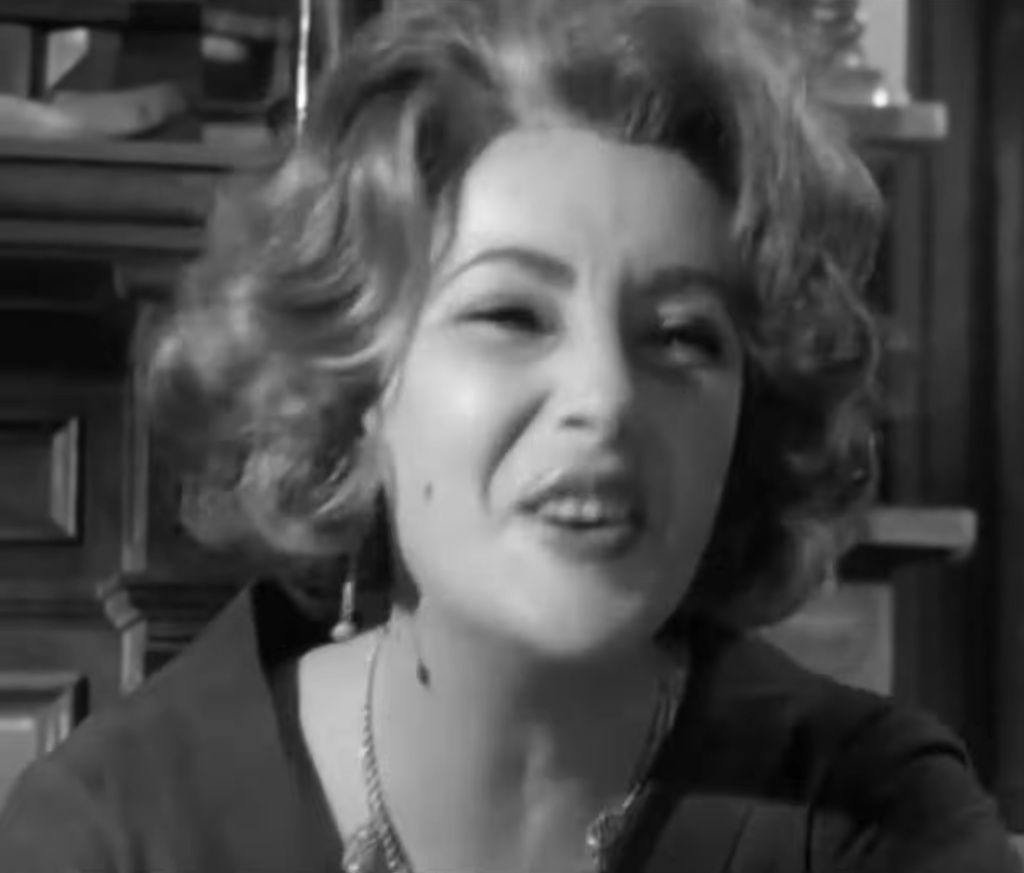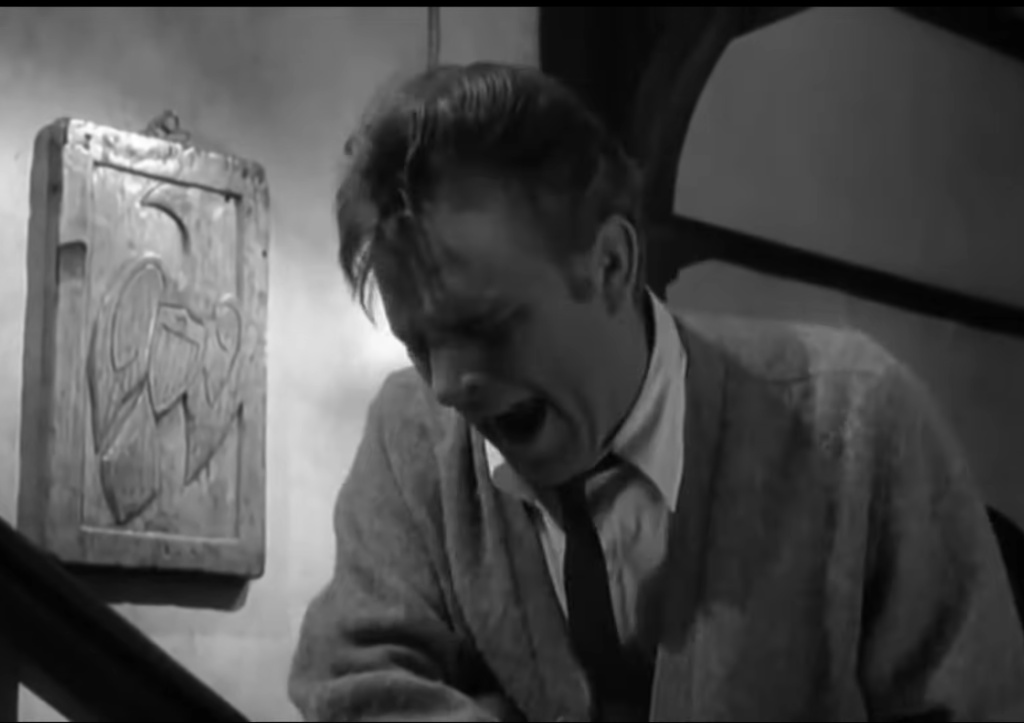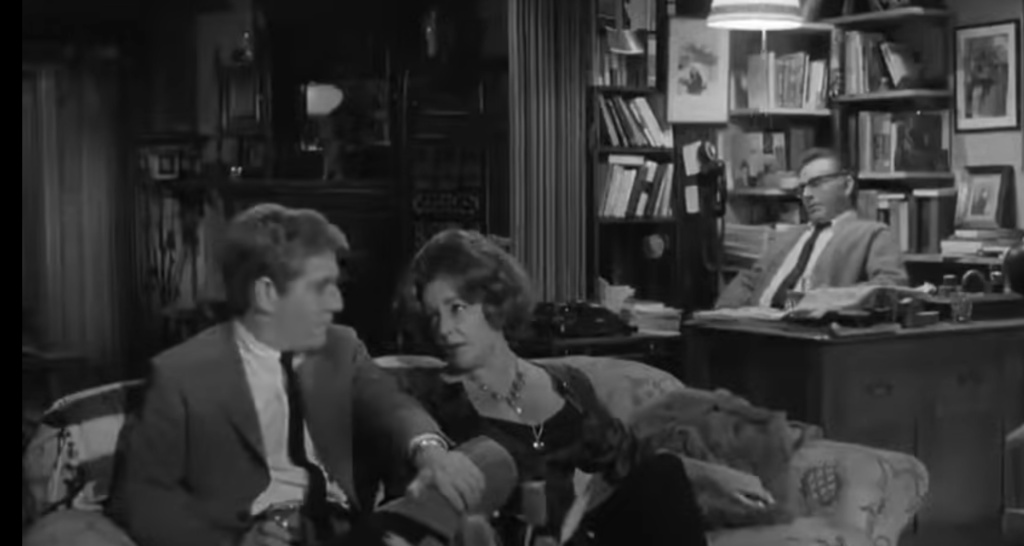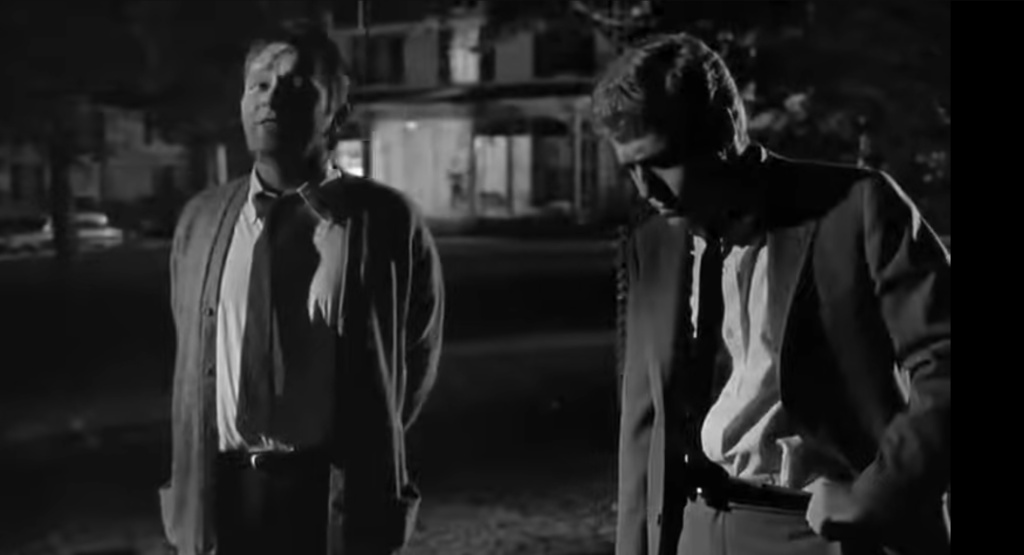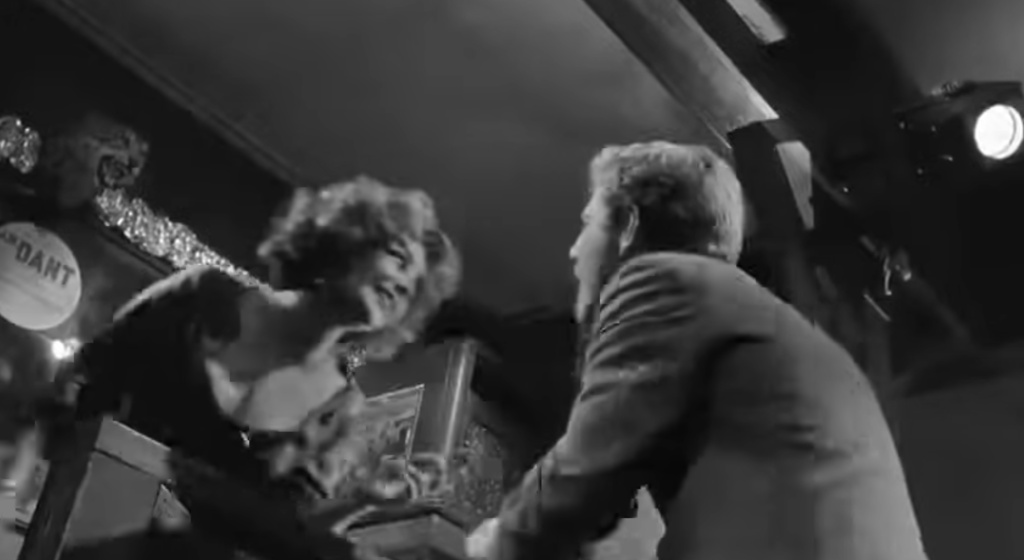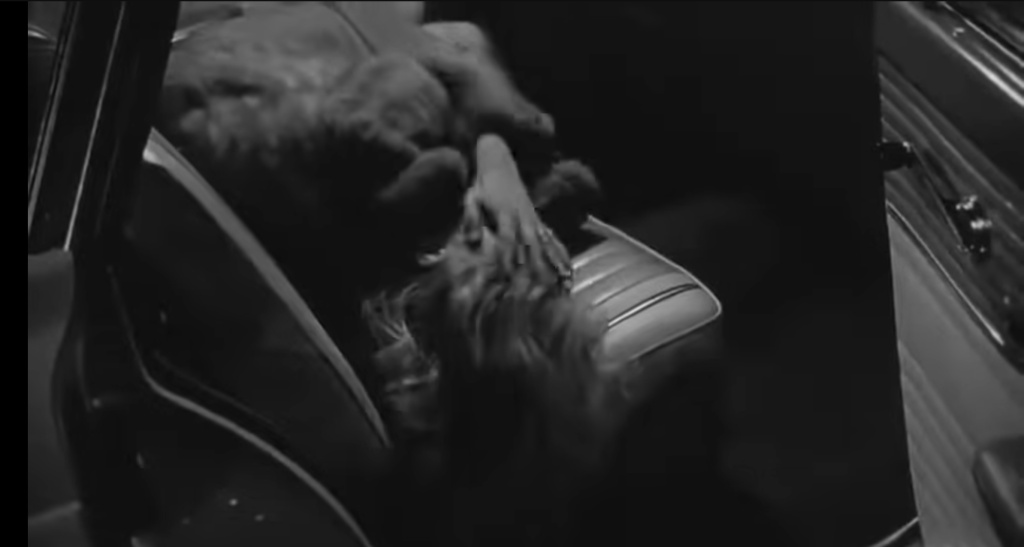“Who’s Afraid of Virginia Woolf” is a movie adaptation of the 1962 play by the same name written by Edward Albee and directed by Mike Nichols. The movie stars Richard Burton and Elizabeth Taylor in lead roles, with George Segal and Sandy Dennis in supporting roles.
“Who’s Afraid of Virginia Woolf” is only the second movie to be nominated in every possible category for a motion picture at the Academy Awards, a whopping total of 13. It would win five, including a second Best Actress award for Taylor. The other awards that the movie won are Best Costume Design, Best Cinematography, and Best Art Direction, along with Best Supporting Actress, which would go to Dennis. The male leads, Burton and Segal, were also nominated for Best Actor and Best Supporting Actor.
The plot is simple. A dysfunctional, inebriated couple living in a small college town hosts a younger couple who have just moved into town for a late-night drink. Disturbing truths about dysfunctional relationships and evil intentions surface as more liquor is consumed, leading to a disturbing climax.
In earlier posts, I have spoken of directors like De Palma, Hitchcock, and David Lynch blurring the line between reality and illusion. There are quite a few ways to do this. One is to have viewers believe they are watching the main plot and then suddenly reveal to them that they are watching a movie within the movie. Another is when a person builds a narrative to delude others. We saw this in “The Usual Suspects.” However, would it be possible for a person or persons to blur the line between reality and illusion to fool themselves? That question is the main message in “Who’s Afraid of Virginia Woolf.” Without giving too much away, it’s underlying message was very reminiscent of the message of another very different movie, Memento from Christopher Nolan.
George (Burton) and Martha (Taylor) are a couple living in a college town with a dysfunctional relationship. While they enjoy a few moments of laughter and mirth, each partner seems to harbor resentment toward the other. Martha, the daughter of the president of the university, is disillusioned by George, whom she expected to take over as the dean of his department and perhaps follow in her father’s footsteps. George, an associate professor in the History department at the university, besides being resentful of his father-in-law, is tired of Martha’s constant put-downs and accuses her of infidelity.
The couple return from a party one evening, have another drink, and continue their pattern of hurling abuses at one another when Martha reveals that she has just invited a young couple who moved into their town for a few drinks. George is upset that they will be arriving that very night, as it is past midnight. Martha tells George that the young man is a professor in the Math department.
Soon Nick (Segal) and Honey (Dennis), the seemingly likable young couple, arrive at their home. Martha and George are too caught up in their pattern of abuse and continue to harshly insult each other.
To add to their embarrassment, Nick tells George that he is a professor in the Biology department and not from the Math department. Martha angers George by suddenly mentioning their sixteen-year-old son, a topic she was told by George not to bring up before the couple arrived. Throwing salt over George’s proverbial wounds, Martha tells the couple how George missed his career opportunity for success, despite being married to the President’s daughter. She then brazenly flirts with Nick, who indulges her.
An infuriated George lashes out at her, causing a disturbed Honey to feel nauseated and storm out of the house. Nick joins George outside on the lawn, and the two try to get to know each other. George narrates a disturbing story from his past about a young boy he knew who “accidentally” killed both his parents. Fueled by alcohol, Nick reveals some deeply guarded sensitive secrets of his own relationship with Honey and also blurts out his dubious plans to rise up the career ladder at the university. The conversation between the men turns confrontational, and Nick is ready to leave.
Upon George’s insistence to drop off the couple at their home, all four present take a ride in George’s car. This is a deviation from the original script of the play, where the plot unfolds entirely in George and Martha’s home.
The conversation in the car touches upon dancing, and they all decide to stop at a Roadhouse on the way, upon Martha’s insistence to dance.
Martha continues to humiliate George by telling Nick and Honey about George’s failed attempt to be a novelist and then proceeds to dance provocatively with Nick. George, now beyond himself, exposes all of Nick’s confessions from their earlier conversations. This causes tension between the couple, who are also inebriated. George and Martha declare war on one another.
Tensions rise, and there will be more disturbing episodes before dawn. There is one last unexpected revelation to come before the night is over.
“Who’s Afraid of Virginia Woolf” is a powerful play with dynamite performances from Taylor and Burton and has an entirely interesting viewpoint on the nature of reality and illusion. In what appears to be the simplest of plots, the movie packs a deep message about creating our own illusions.
Despite having limited sets, the camerawork is noteworthy as it moves from long shots to close-ups. However, it is the intense performances from Burton and Taylor that create the fireworks in the movie. I will admit that there is a sense of congruity (not irony) in Burton and Taylor playing a dysfunctional couple.
However, I will not elaborate on this, as real-life drama is something I try to avoid. By the way, I recommend this classic for all adults who enjoy intense movies.

